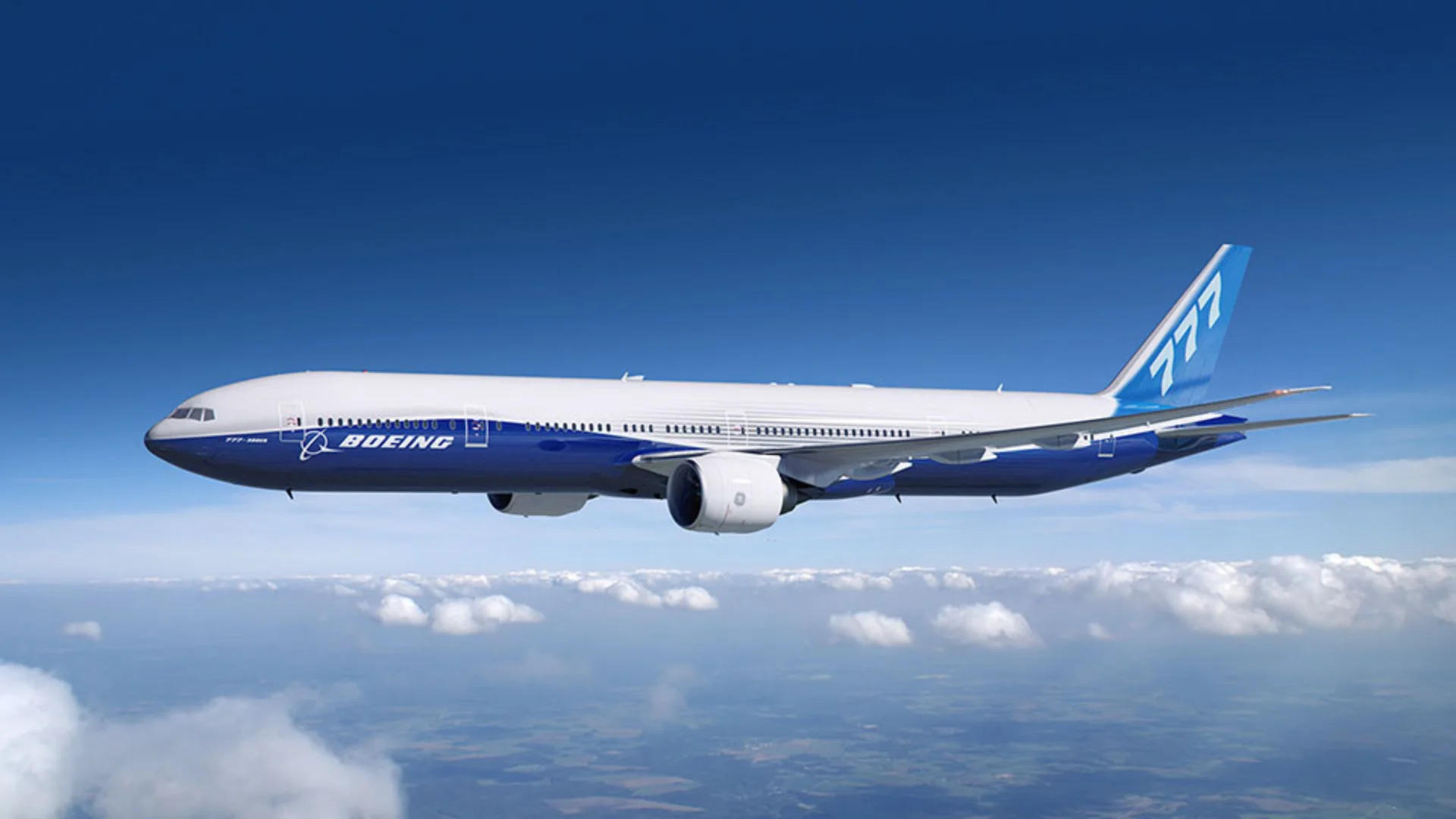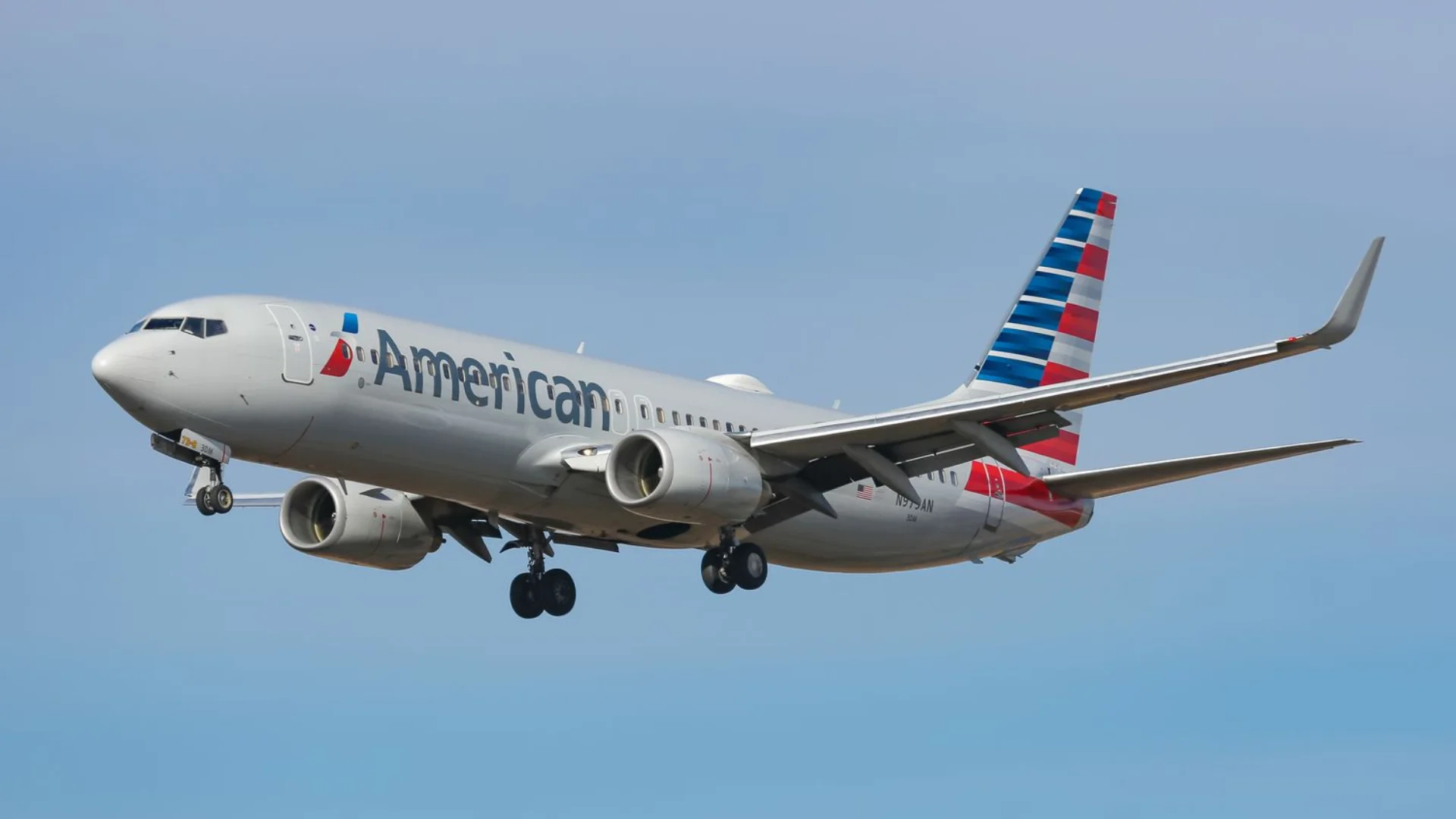The Boeing 777, often referred to as the "Triple Seven," is recognized for its powerful engines and advanced design. Initially developed in 1990, it aimed to replace older models like the Douglas DC-10. The aircraft entered commercial service with United Airlines in 1995 and has since become a flagship long-range wide-body jet for Boeing.
"The Boeing 777 is notable for featuring the largest engines of any commercial airliner," according to TIME. These engines include the General Electric GE90, known as the most powerful turbofan engine ever produced. This engine series ranges from 81,000 to 115,000 pounds of thrust and was exclusively designed for the Boeing 777 family.
Boeing's decision to develop the 777X series builds on earlier models' success. The new model features composite folding wings and GE9X engines and is expected to enter service in 2026. By April 2025, over 2,300 orders had been logged for this type.
 Alerts Sign-up
Alerts Sign-up








